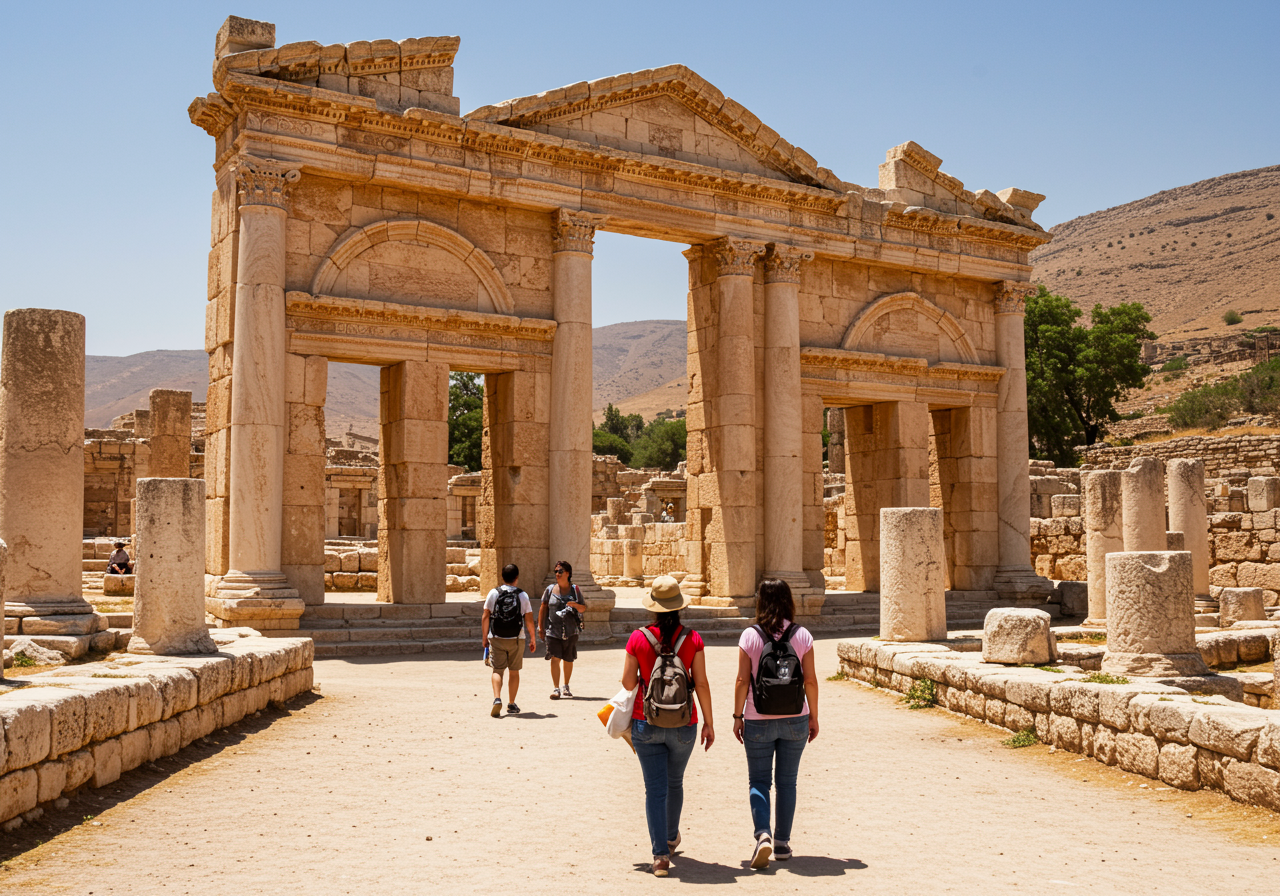The Allure of Literary Tourism
Tourism has traditionally revolved around experiencing landscapes, cuisine, and culture, but a fascinating new wave is emerging: literary tourism. This trend involves travelers journeying to destinations that sprung to life through novels, memoirs, and poetry. Visitors often seek the thrill of retracing the footsteps of beloved fictional characters or relaxing in the very cafés where famous authors once penned their iconic works. Once a niche interest, literary tourism is now gaining momentum worldwide, captivating readers-turned-travelers.
Bridging Stories and Places
Many cities historically echo the settings of celebrated books and now attract visitors eager to immerse themselves in these narratives. For example, Dublin charms admirers of James Joyce, while Bath sees steady crowds at the Jane Austen Centre. Even the quaint town of Monroeville in the American South draws fans inspired by “To Kill a Mockingbird.” But these journeys are more than sightseeing—they’re invitations to step into a novel’s world, where cobbled streets, historic homes, and aged libraries seem to speak the lines known by heart.
Recognizing this shift, tourism authorities increasingly spotlight literary connections as part of their attractions. Visitors can join guided walks following characters’ paths, tour historic houses turned into living museums, or experience train and boat rides tied to literary histories. This blending of literature and geography creates a unique kind of storytelling where ink meets earth.
Key Manifestations of Literary Tourism
- Guided Literary Trails: Organized tours that trace famous characters’ journeys or author haunts.
- Heritage Museums: Historic residences and sites preserved with literary significance.
- Themed Rides and Routes: Transportation experiences marketed with references to literary works.
- Digital Resources: Online libraries and databases inspire travel plans by connecting readers with places behind the stories.
A Brief Historical Perspective
Literary tourism’s roots stretch back to the 19th century, expanding alongside more accessible travel. Earlier, enthusiasts known as literary “pilgrims” embarked on journeys fueled by deep admiration for authors or stories, often more passionate than casual tourists. As transportation evolved, so did the variety of literary travel experiences.
The commercialization of literature in tourism ranges from visiting an author’s authentic home to exploring landscapes that inspired fictional scenes. Such literary associations often serve as regional or national identity markers, crafting imaginative maps like “Shakespeare’s England” or “Wordsworth’s Lake District.” The ongoing popularity of an author’s works heavily influences a location’s tourist appeal, with modern film adaptations further boosting this interest by turning pages into vivid visuals to explore in person.
Historical Timeline
| Era | Milestone | Impact on Literary Tourism |
|---|---|---|
| 19th Century | Growth of democratized travel | Broadened access, literary pilgrimages emerged |
| 20th Century | Rise of popular novels and film adaptations | Increased global reach and diversified destinations |
| 21st Century | Digital technology and online libraries | Easier discovery and inspiration for literary travel plans |
The Future Impact on Tourism
Literary tourism is positioned to be a key niche in the evolving world of international travel. Its rise exemplifies how cultural and intellectual passions can transform travel behaviors beyond traditional categories like sun and sand or nature tourism. Destinations may increasingly innovate their offerings by leveraging literary heritage to tell immersive stories, appealing to travelers who seek deeper connections and meaningful experiences.
This form of tourism also encourages sustainable visitor engagement by promoting less-explored locations and dispersing tourism flows throughout a wider region. Furthermore, the trend complements other cultural tourism sectors, enriching the palette of activities travelers can enjoy, from literary festivals to historic site visits.
Potential Advantages for Tourism Destinations
- Diversification of tourist activities beyond natural scenery or city tours.
- Enhanced cultural prestige and global recognition through literary fame.
- Creation of year-round tourist interest, less dependent on weather or seasonal factors.
- Opportunities for local economies via museums, tours, and literary events.
Slutsats
Literary tourism brings an adventurous twist to travel by inviting enthusiasts to experience the worlds behind their favorite stories firsthand. From the stone streets of Dublin to the quaint settings of Southern American novels, these journeys blend narrative with place, crafting a unique tapestry of cultural discovery. As the trend expands globally, it holds promise to enrich tourism with deeper cultural connections and fresh activities. For travelers intrigued by literature and drawn to coastal destinations or charming lakeside towns, services like GetBoat.com offer excellent options to enhance the experience with yacht charters, boat trips, and sailing adventures. This integration of literary passion and boating leisure ensures that every voyage on the water can be as enriching as the stories that inspired it.
Explore bays, marinas, and sunny shores where stories come alive—whether sailing on a superyacht or renting a charming sailing boat, the fusion of literature and marine adventure awaits you.

 How Literary Tourism Is Shaping Travel Trends Globally">
How Literary Tourism Is Shaping Travel Trends Globally">
